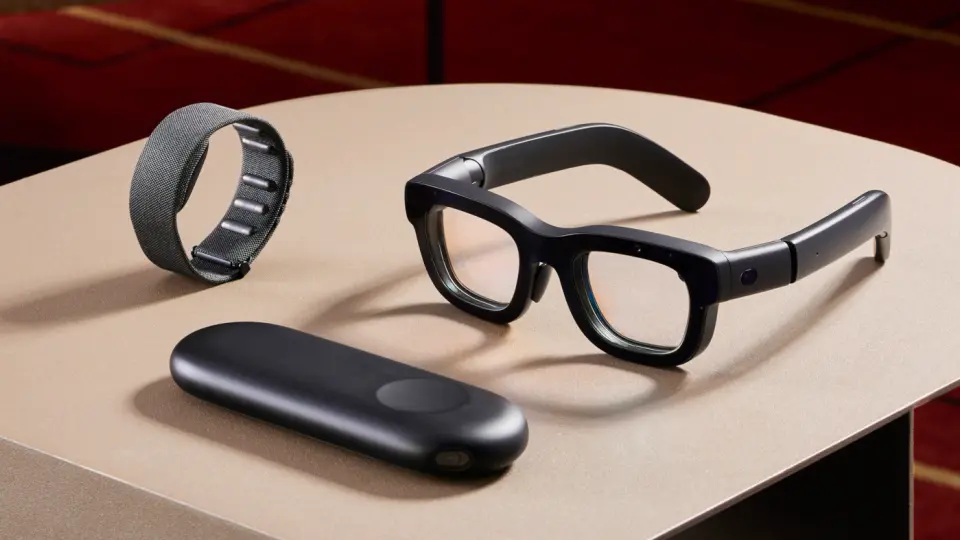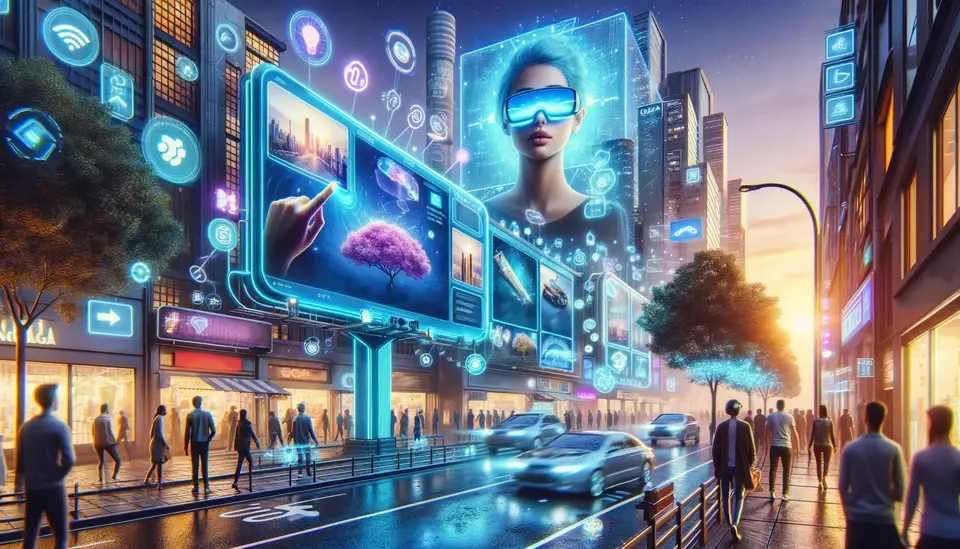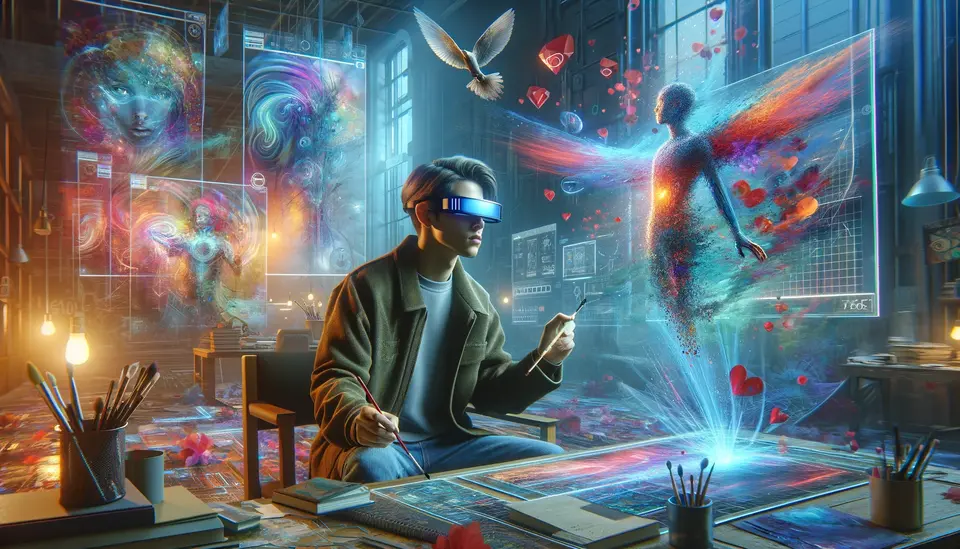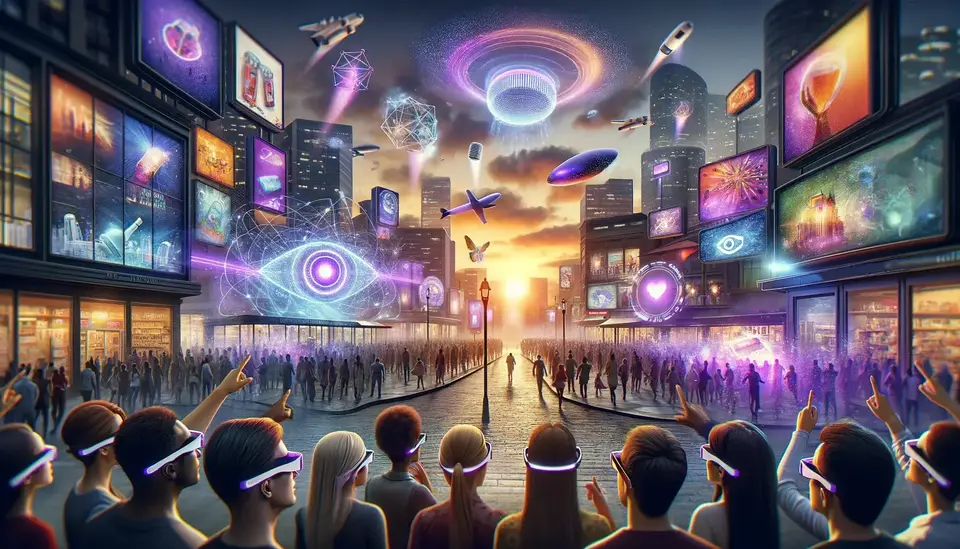15 Examples of the Use of Augmented Reality (AR) in Construction
Posted on April 7, 2023 6 minutes 1141 words
Table of contents
- 1. 3D Design Visualization
- 2. On-site Project Planning
- 3. Worker Training
- 4. Collaboration and Communication
- 5. Structural Analysis
- 6. Virtual Site Inspections
- 7. Safety Training
- 9. Accessibility and Compliance
- 10. BIM Integration
- 11. Prefabrication Validation
- 12. Equipment Maintenance
- 14. Marketing and Sales
- 15. Environmental Impact Analysis
- Conclusion
Augmented Reality (AR) is an innovative technology that superimposes virtual elements onto the real world, creating an interactive experience that combines digital and physical environments. In recent years, AR has gained significant traction in various industries, and the construction sector is no exception. By enhancing productivity, safety, and cost-efficiency, AR is revolutionizing the way construction projects are planned, executed, and managed. In this blog post, we will explore 15 real-world examples of AR applications in the construction industry and discuss their benefits.
1. 3D Design Visualization
One of the primary applications of AR in construction is 3D design visualization. Architects and engineers can use AR tools like Autodesk’s BIM 360 and Unity’s Reflect to create, visualize, and interact with 3D models in real-time. This technology allows designers to walk through their projects, identify potential design issues, and make changes before construction begins. For example, Skanska, a global construction company, has used AR technology to enhance design visualization and streamline the decision-making process.
2. On-site Project Planning
AR can significantly improve on-site project planning by overlaying digital blueprints onto the construction site. This allows for more efficient and accurate planning, reducing errors and rework. A great example of this application is the HoloBuilder platform, which enables construction professionals to create and share 360-degree site images with AR overlays. Companies like AECOM and Brasfield & Gorrie have successfully implemented HoloBuilder to improve their project planning processes.
3. Worker Training
AR can be used to train workers on new equipment and processes in a more engaging and hands-on way. For instance, Caterpillar has developed an AR training app that helps operators learn how to use their machinery safely and efficiently. This immersive training approach can help workers acquire new skills faster and with greater retention.
4. Collaboration and Communication
AR technology can improve collaboration between team members by facilitating real-time communication and information sharing. Microsoft’s HoloLens, an AR headset, allows construction professionals to collaborate on projects remotely, discuss design issues, and make decisions based on shared visuals. By using AR for collaboration and communication, construction teams can work more efficiently and avoid costly misunderstandings.
5. Structural Analysis
AR can help engineers analyze and validate structural elements on-site, reducing potential errors and costly adjustments. For example, Bentley Systems’ SYNCHRO XR app enables users to visualize and interact with 4D construction models, allowing them to identify clashes and discrepancies before they become problems. By integrating AR with structural analysis, engineers can ensure that their designs are sound and construction-ready.
6. Virtual Site Inspections
AR technology can be used for remote site inspections and quality control, reducing the need for travel and improving safety. One such solution is the JobWalk app, which allows users to virtually navigate construction sites, capture progress photos, and add annotations. By employing AR for virtual site inspections, construction firms can save time and resources while maintaining high-quality standards.
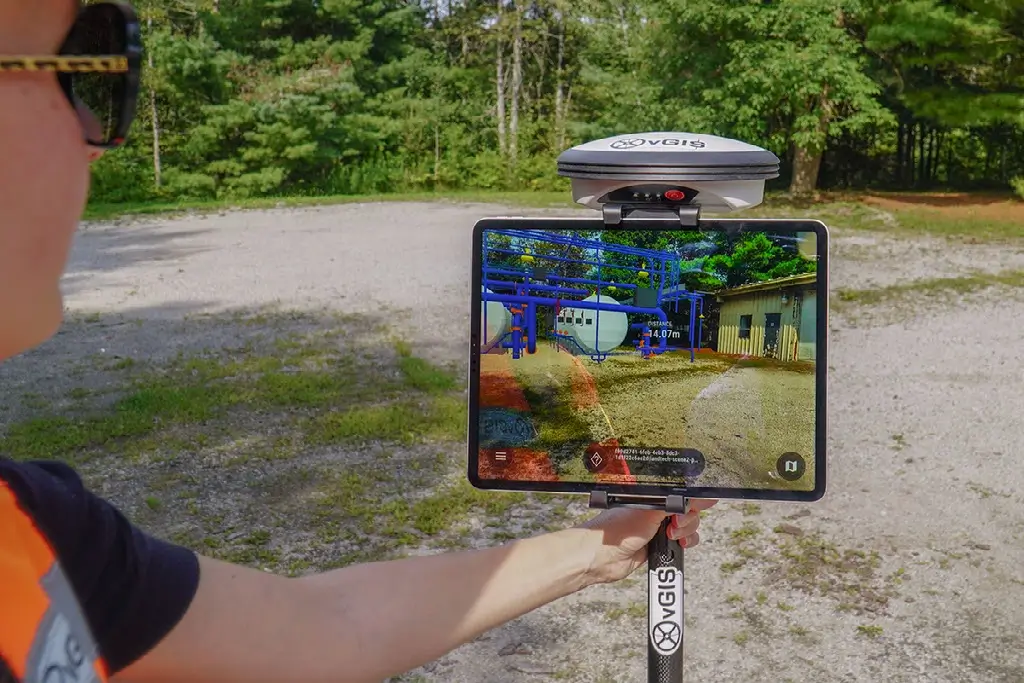
7. Safety Training
AR can be used to enhance safety training, providing workers with realistic simulations of dangerous situations without the associated risks. For example, the Bechtel Corporation has partnered with ITI Crane Simulator to develop an AR-based crane operator training program. This immersive training experience allows workers to practice operating cranes in a safe environment, reducing the risk of accidents on the job site.
- Resource Tracking
AR can be used to track resources and materials on-site, improving inventory management and reducing waste. A notable example is the DAQRI Smart Helmet, which combines AR with RFID technology to track construction assets in real-time. By employing AR for resource tracking, construction teams can ensure that materials are used efficiently and that assets are not misplaced or lost.
9. Accessibility and Compliance
AR can help construction teams ensure that their projects are compliant with accessibility standards and regulations. For example, the VisiLean platform uses AR to visualize and verify accessibility features, such as wheelchair ramps and handrails, directly on the construction site. By incorporating AR into compliance checks, construction professionals can avoid costly penalties and ensure that their projects meet necessary standards.
10. BIM Integration
Integration of AR with Building Information Modeling (BIM) enables seamless data exchange and improved project coordination. Applications like Trimble Connect for HoloLens allow construction teams to visualize and interact with BIM data on-site, making it easier to identify and resolve potential conflicts. The integration of AR and BIM has the potential to improve overall project efficiency and reduce the likelihood of costly delays.
11. Prefabrication Validation
AR can be used to validate prefabricated components before they are shipped to the construction site, ensuring a smooth installation process. For instance, PCL Construction has used Microsoft’s HoloLens to virtually assemble prefabricated components in their warehouse, allowing them to identify and correct any issues before shipping the components to the job site. This proactive approach can save time and reduce the risk of on-site rework.
12. Equipment Maintenance
AR can assist in equipment maintenance by providing real-time diagnostics and repair instructions. Companies like Komatsu have developed AR apps that guide technicians through maintenance procedures, helping them identify problems and complete repairs more efficiently. This technology can reduce downtime and extend the life of valuable construction equipment.
- Historic Preservation
AR can be used to overlay historical data and imagery onto existing structures, assisting in preservation and restoration projects. For example, CyArk, a non-profit organization, has used AR technology to create 3D models of historic sites, which can be virtually explored and studied. This approach not only aids in preservation efforts but also helps educate the public about the importance of these cultural landmarks.
14. Marketing and Sales
AR can be used to create immersive virtual tours and presentations for potential clients, investors, and buyers. For instance, DIRTT Environmental Solutions has developed an AR app called ICEreality, which allows users to virtually walk through customizable, pre-built spaces. By using AR for marketing and sales, construction firms can showcase their projects in a more engaging and interactive way, making it easier to secure funding and attract buyers.
15. Environmental Impact Analysis
AR can help teams analyze the environmental impact of construction projects and find ways to minimize negative effects. For example, the company EarthCam has developed an AR solution that overlays environmental data, such as air quality and noise levels, onto live construction site imagery. This information can be used to inform decisions about site selection, design modifications, and construction practices to minimize the project’s environmental footprint.
Conclusion
The potential of Augmented Reality in revolutionizing the construction industry is immense. From design visualization to safety training, AR applications are improving efficiency, reducing costs, and enhancing safety across the sector. By embracing this technology, construction companies can remain competitive and drive innovation in the field. As AR technology continues to evolve, we can expect even more transformative applications to emerge, further shaping the future of construction.


